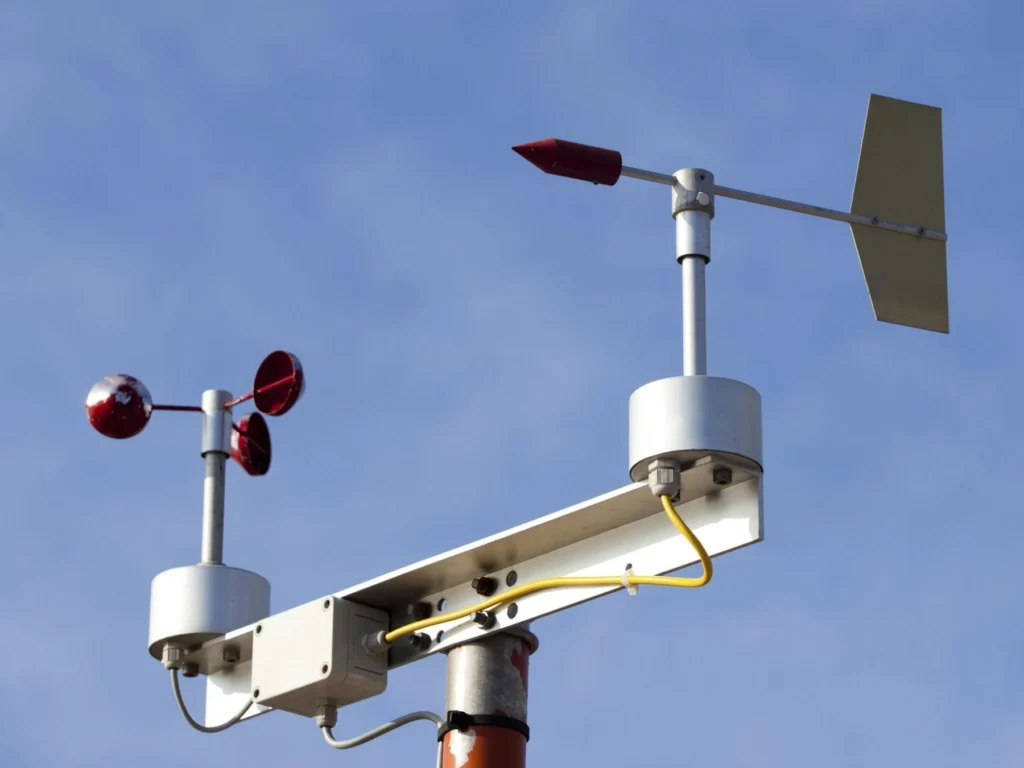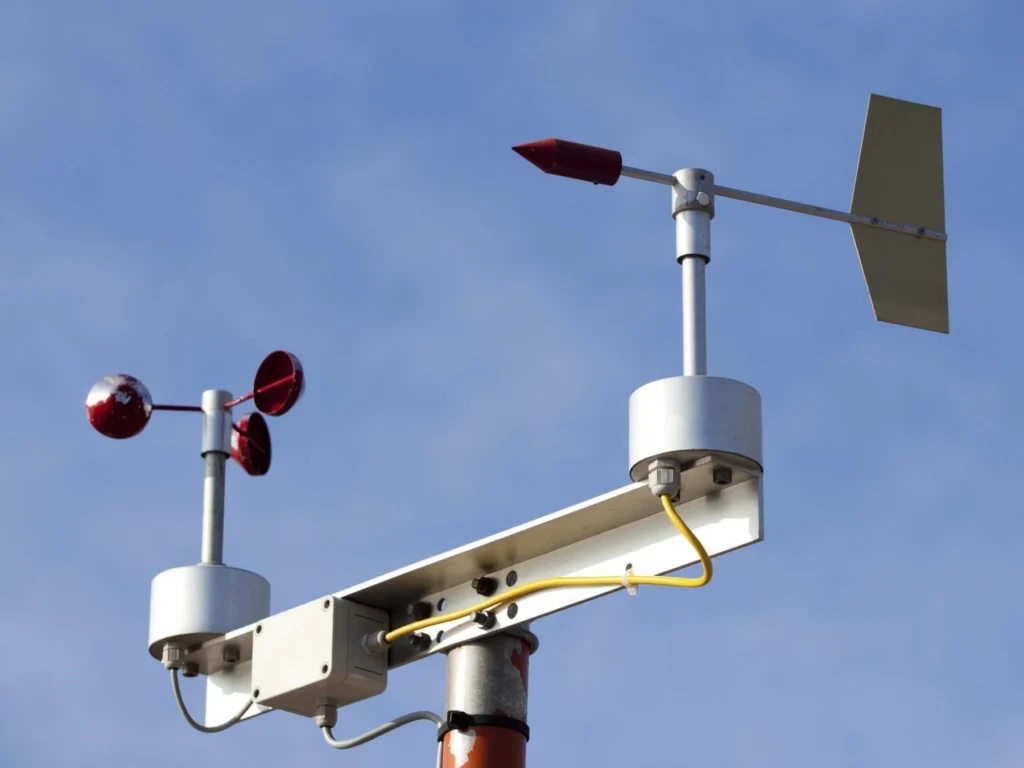Anemometer: The Instrument for Measuring Wind Speed

# Anemometer: The Instrument for Measuring Wind Speed
Wind speed is a crucial factor in various fields, including meteorology, aviation, and environmental studies. To accurately measure wind speed, scientists and engineers rely on a specialized instrument known as an anemometer. This device has evolved over the years, becoming an essential tool for understanding and predicting weather patterns.
## What is an Anemometer?
An anemometer is a device designed to measure the speed of wind. It is commonly used in weather stations, on ships, and in wind turbines to monitor wind conditions. The term “anemometer” is derived from the Greek word “anemos,” meaning wind, and “metron,” meaning measure.
## Types of Anemometers
There are several types of anemometers, each with its own method of measuring wind speed:
– Cup Anemometer: This is the most common type, consisting of three or four cups mounted on horizontal arms. As the wind blows, the cups rotate, and the speed of rotation is proportional to the wind speed.
– Vane Anemometer: Also known as a windmill anemometer, this type uses a propeller or a set of blades that rotate in response to the wind. The rotation speed is measured to determine wind speed.
– Hot-Wire Anemometer: This type uses a heated wire that cools down as wind passes over it. The rate of cooling is used to calculate the wind speed.
– Ultrasonic Anemometer: This advanced type uses ultrasonic sound waves to measure wind speed and direction. It is highly accurate and is often used in research and industrial applications.
## How Does an Anemometer Work?
The working principle of an anemometer depends on its type. For example, in a cup anemometer, the wind causes the cups to rotate. The number of rotations per unit time is counted and converted into wind speed. In a hot-wire anemometer, the change in temperature of the wire is measured and correlated with wind speed.
## Applications of Anemometers
Anemometers are used in a wide range of applications:
– Weather Forecasting: Meteorologists use anemometers to gather data on wind speed, which is essential for predicting weather patterns and issuing warnings.
– Aviation: Pilots and air traffic controllers rely on anemometers to ensure safe takeoff and landing conditions.
– Wind Energy: Wind turbines use anemometers to optimize their performance by adjusting the angle of the blades based on wind speed.
– Environmental Studies: Researchers use anemometers to study the impact of wind on ecosystems and to monitor air quality.
## Conclusion
The anemometer is a vital instrument for measuring wind speed, with applications spanning from weather forecasting to renewable energy. Its various types and working principles make it a versatile tool for understanding and harnessing the power of wind. As technology advances, anemometers continue to evolve, providing more accurate and reliable data for a wide range of industries.
Keyword: instrument to measure wind speed
